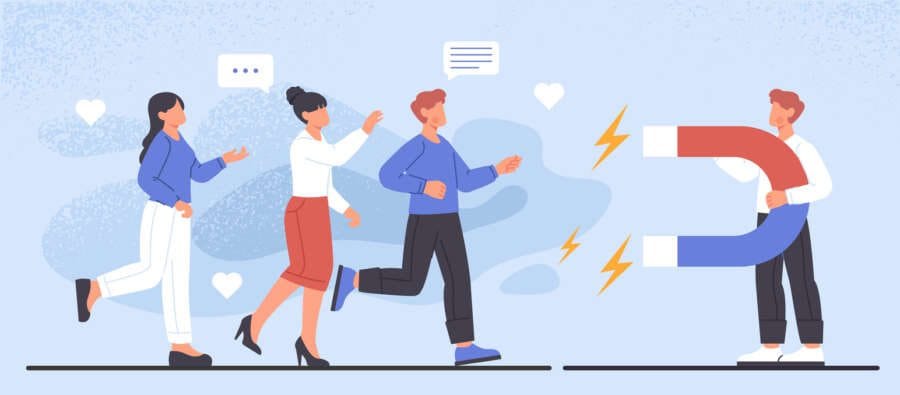

Retail businesses are spending significant time and resources acquiring new customers. Customer acquisition can cost five times more than customer retention, whilst increasing customer retention by 5% can increase profits from 25-95%.
“Keeping current customers is just as important as finding new ones, and with an effective customer retention plan, retailers can turn one-off shoppers into repeat customers,” says Bordea. “When a store boasts high retention rates, it shows that they are effective at implementing marketing and sales strategies that resonate with their core audience.”
“There are several actions retailers can take to foster relationships and give their audience more reasons to visit their store(s) on multiple occasions. Loyalty programs have proven to be effective in encouraging customers to return and shop again. Programs that issue points for purchases which are exchanged for discounted prices or free items are often successful in incentivising customers. And, with loyalty programs typically based on customer spending, there’s a high chance of increasing average order values.”
Bordea continued: “Advances in technology and the internet have provided communication platforms that enable retailers to build communities. Customers want more than a transactional relationship; they want to feel like they’re part of the brand. To foster an inclusive atmosphere, retailers should prioritise the development of a community and offer incentives to encourage customers to revisit their stores. This may include staging events encouraging real-life customer interactions, social media engagement campaigns, or championing high spenders in-store by featuring them in the business’s marketing.”
A recent Gartner report found that when customers feel valued during customer service interactions, the likelihood of repurchasing is 82% while the probability of positive word-of-mouth recommendations stands at 97%. This shows that the pre and post-shopping experience is crucial because it directly impacts customer satisfaction, fosters brand trust and motivates customers to re-engage with the store in the future.
“A growing number of consumers now expect more flexibility at the checkout regarding how and when they pay, with shoppers wanting alternative spending methods that provide greater financial empowerment,” says Bordea. ”Exploring additional avenues, such as retail finance, or digital credit, provides customers with added flexibility and increases the likelihood of them returning or recommending the brand.”
“Retailers must also consider customer’s shopping lifecycles with their brand, which extends beyond the completed purchase. It is important to communicate and engage with customers even after the sale is complete. This demonstrates your brand’s dedication to nurturing their loyalty as a fan. There are many types of post-purchasing activities but the most common are implementing push notifications and sending post-purchase emails, asking for feedback, and informing them of a sale or a new product they may like based on their previous purchase. Using data to understand your customers is therefore essential when developing a loyalty plan, it will allow you to tailor your programme for each customer and ensure each individual feels as if this offer or incentive has been crafted especially for them.”


